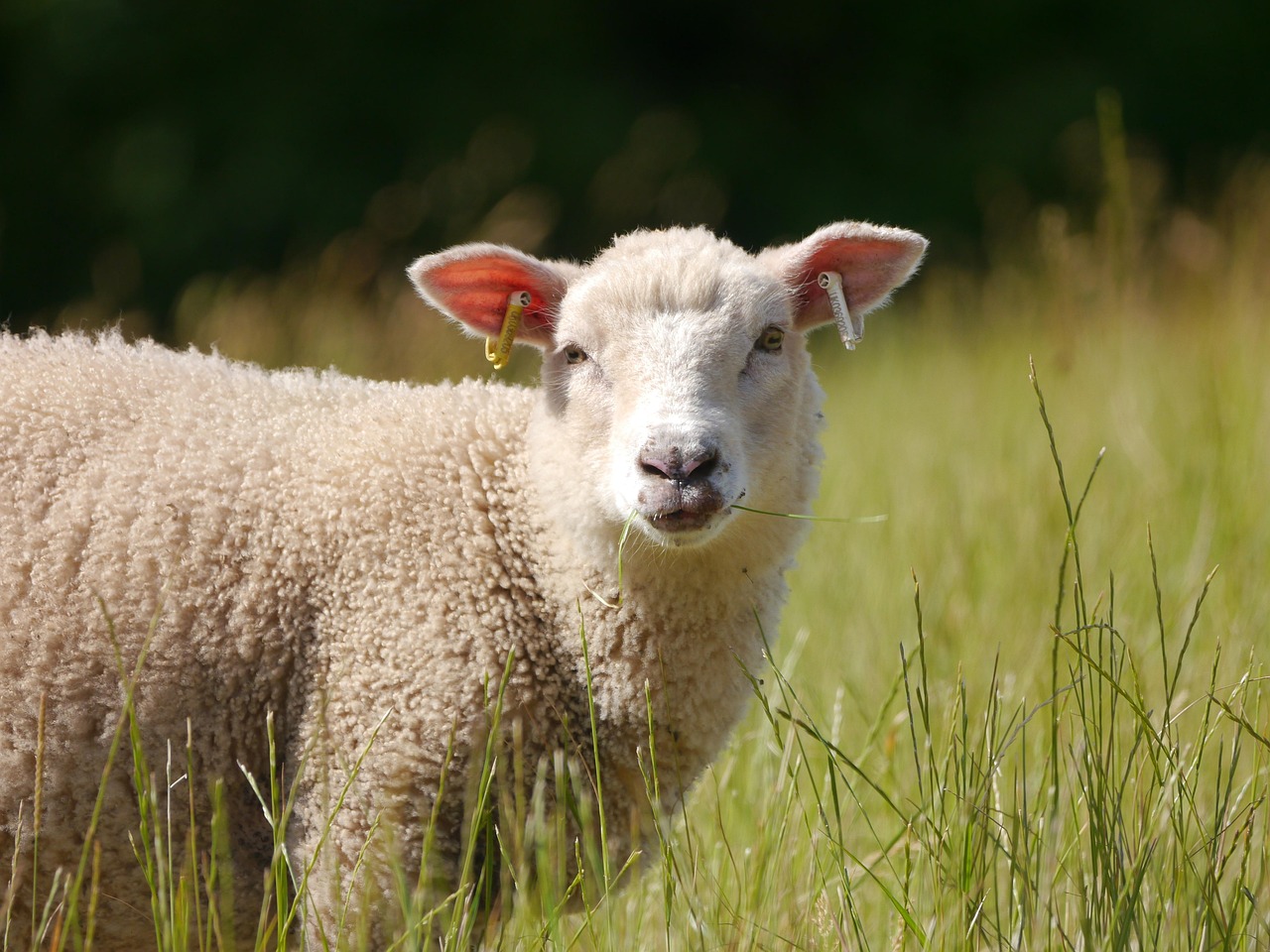Background Agricultural Connections
My lamb is black, and he likes to eat Russian olive twigs just like his mother taught him. One of these traits is inherited and one is acquired. Can you guess which is which? Acquired traits develop during the lifetime of the organism but are not in the organism’s DNA and are not inherited by its offspring. Inherited traits are genetically determined. A lamb learning to eat and prefer Russian olive twigs is an example of an acquired trait, and black wool is an inherited trait.
Animals acquire traits by learning from consequences and taking cues from their mothers or caretakers. Notably, mothers of many species teach their offspring about nutrition. Mothers teach their offspring what to eat, how to eat, and where to find food. In addition to learning, traits can also be acquired in response to environmental factors. An animal that has the genetic makeup to grow big and strong may be small and weak if it doesn’t get the nutrition it needs. Similarly, a plant that has the genetic makeup to grow short and stout may be tall and spindly if it sprouts in a place with insufficient sunlight.
All organisms inherit and acquire traits, and this has important implications for farmers who grow plants and raise animals. Throughout history, many animals and plants have been domesticated, or selectively bred to exhibit and pass on certain inherited traits that make them easier for people to raise. After domestication, further selective breeding is often used to continue to improve the productivity and ease of managing agricultural plants and animals. Cows, tomatoes, corn, and strawberries are just a few examples of living things that have been selectively bred by humans for food. The inheritable traits that breeders select in plants and animals may be visible, like fruit or hair color, size, and body shape, or they may be invisible, like health characteristics and temperament.
In addition to breeding for desirable inherited traits, farmers also manipulate the environment and interact with plants and animals to develop desirable acquired traits. For example, fruit trees are staked to make them grow straight and pruned to grow an open canopy. Grapes are trained to grow on the supports provided to hold them off the ground. Dairy cows are given grain in the milk parlor to help them learn to come in and stand to be milked. Calves and lambs are taught that they can get milk by sucking on a bottle. Dogs and horses are trained to work with people, and they are also bred for traits that make them good workers. Often, the best farmers start with plants and animals that have good genetics (inherited traits) and then work hard to ensure that their plants and animals acquire traits that make them productive and easy to work with.
